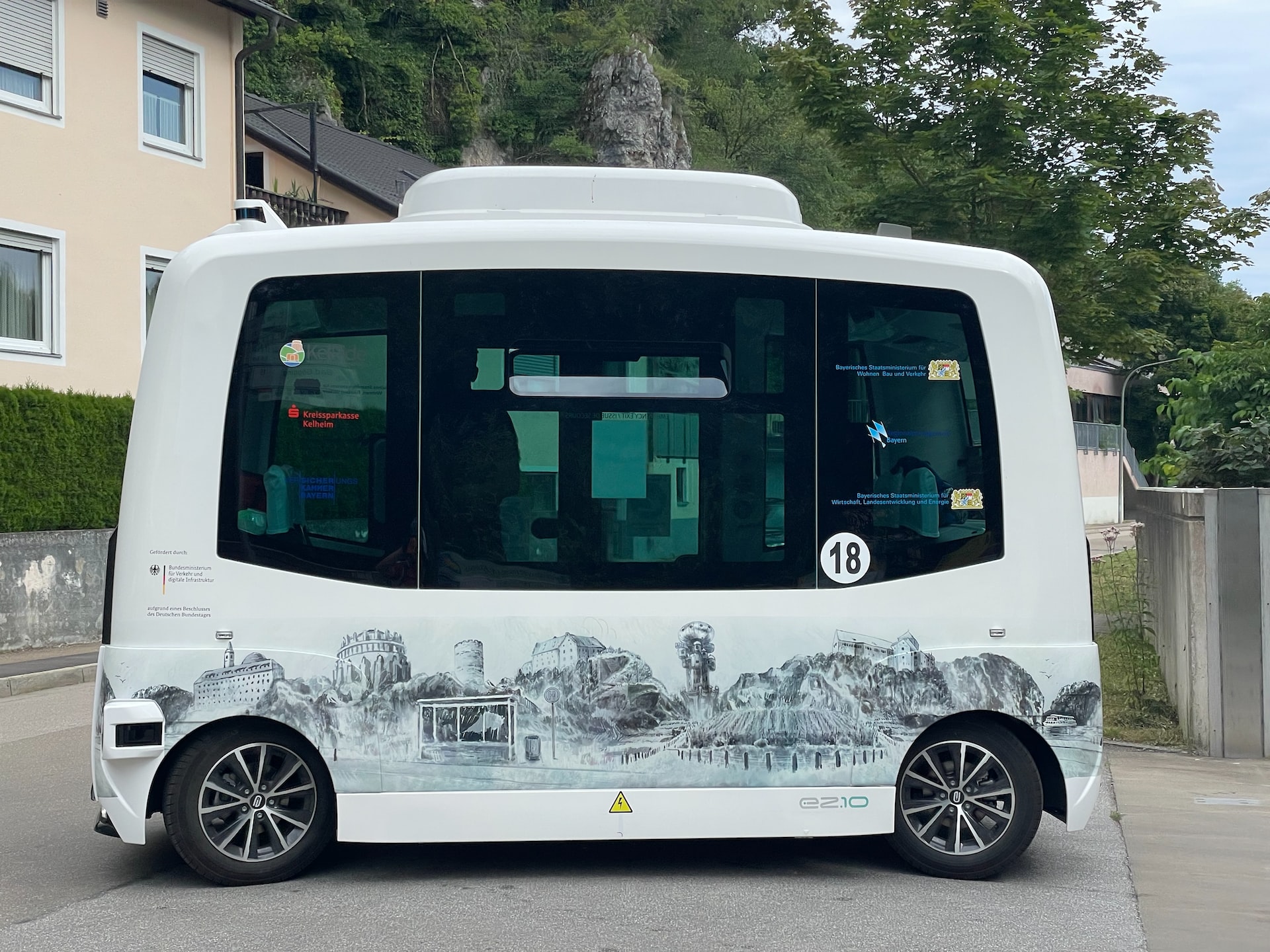The Race To Develop Autonomous Vehicles And Its Impact On Transportation

Autonomous vehicles, also known as self-driving cars, are vehicles that are capable of sensing their environment and navigating without human input. The race to develop autonomous vehicles has been gaining momentum in recent years, with many companies and organizations investing in research and development.
The current state of development
The development of autonomous vehicles is still in the early stages, but progress is being made. Many companies, such as Tesla, Google, and Uber, have been testing autonomous vehicles on public roads. These tests have shown that autonomous vehicles are capable of safely navigating roads in certain conditions. However, there are still many challenges to be overcome before autonomous vehicles can be fully deployed on public roads.
One of the main challenges is the development of the technology required for autonomous vehicles to sense and navigate their environment. This includes sensors such as lidar, radar, and cameras, as well as the software that processes the data from these sensors.
Another challenge is the development of the infrastructure required for autonomous vehicles to operate safely. This includes the creation of digital maps, the deployment of communication systems, and the development of regulations and standards.
Impact on Transportation
If fully developed and deployed, autonomous vehicles have the potential to greatly impact transportation in a number of ways. One of the most significant impacts will be on road safety. Autonomous vehicles are expected to significantly reduce the number of accidents caused by human error.
Another impact will be on transportation efficiency. Autonomous vehicles are expected to improve traffic flow, reduce congestion, and lower emissions. They will also enable new transportation services such as ride-sharing, which will make it easier for people to get around without owning a car.
Autonomous vehicles will also have an impact on the workforce. As autonomous vehicles become more prevalent, they are expected to replace human drivers in a variety of jobs. This could lead to job loss and the need for retraining.
Challenges
The development and deployment of autonomous vehicles is not without its challenges. One of the main challenges is the cost of developing and deploying the technology. This includes the cost of the sensors, software, and infrastructure required for autonomous vehicles to operate safely.
Another challenge is the public acceptance of autonomous vehicles. As with any new technology, there are concerns about safety, privacy, and security. Ensuring that autonomous vehicles are safe and secure will be crucial in gaining public acceptance.
Conclusion
The race to develop autonomous vehicles is well underway, with many companies and organizations investing in research and development. While progress is being made, there are still many challenges to be overcome before autonomous vehicles can be fully deployed on public roads.
If fully developed and deployed, autonomous vehicles have the potential to greatly impact transportation in a number of ways. However, there are also challenges that need to be addressed such as the cost of developing and deploying the technology, and the public acceptance of autonomous vehicles.





